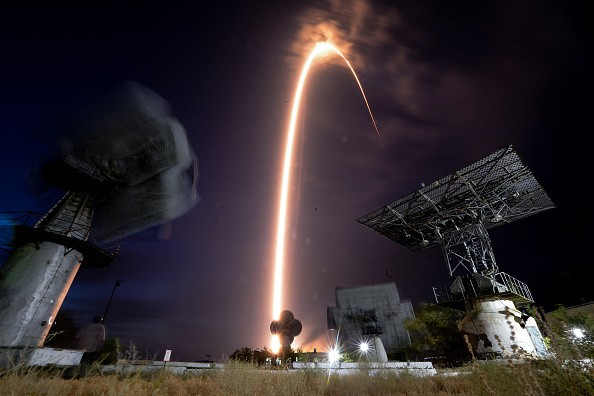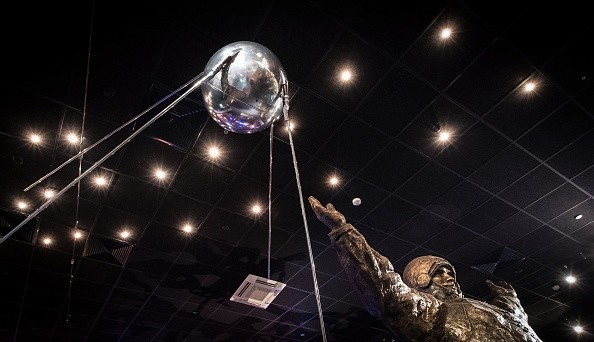FCC's latest decision can lead to more satellite productions.
On Friday, Aug. 5, the Federal Communications Commission decided to open a proceeding on all the policy and potential economic questions connected to space-based manufacturing, assembling, and servicing.

The communications agency explained that this is needed to promote U.S. leadership in the rising space industry. FCC further explained that the newest "Notice of Inquiry" will observe the challenges and opportunities of space missions.
These include spacecraft repairs, satellite refueling, debris removal, and other space activities.
FCC's Decision Can Lead To More Satellite Productions?
According to Engadget's latest report, FCC commissioners decided to vote in favor of the so-called ISAM (In-Space Servicing, Assembly, and Manufacturing).

Critics believe that this move will provide more understanding of the demands and risks of in-space productions.
On the other hand, the vote favoring ISAM will also benefit space companies that are working on space satellites and stations. However, they are still required to find new solutions to prevent rising debris in orbit.
"Today's action continues this modernization effort as in-space servicing, assembly, and manufacturing capabilities - or "ISAM" - has the potential to build entire industries," explained FCC via its official press release.
The agency added that ISAM could help create new jobs and find mitigation solutions for climate change.
Why FCC's Decision is Important
As of press time, NASA and other space agencies have a set of rules that they need to follow. However, FCC Chairwoman Jessica Rosenworcel explained that the existing policies were made for different eras.
She said that existing rules were implemented during the period when space programs were completely handled by government bodies.
Now, the space industry is seeing more independent aerospace companies, such as SpaceX. With ISAM, FCC can soon adapt to the rising space tourism, increasing commercial space missions, and the growing satellite constellations.
Meanwhile, the first SpaceX moon launch will bring Korea's lunar orbiter into space.
On the other hand, a luxurious space balloon is expected to be launched.
For more news updates about the space industry and other related topics, always keep your tabs open here at TechTimes.
Related Article : SpaceX's Starlink Design Change To Reduce Brightness; 2nd-Gen Satellites To Use Three Light Mitigations
This article is owned by TechTimes
Written by: Griffin Davis
ⓒ 2025 TECHTIMES.com All rights reserved. Do not reproduce without permission.




